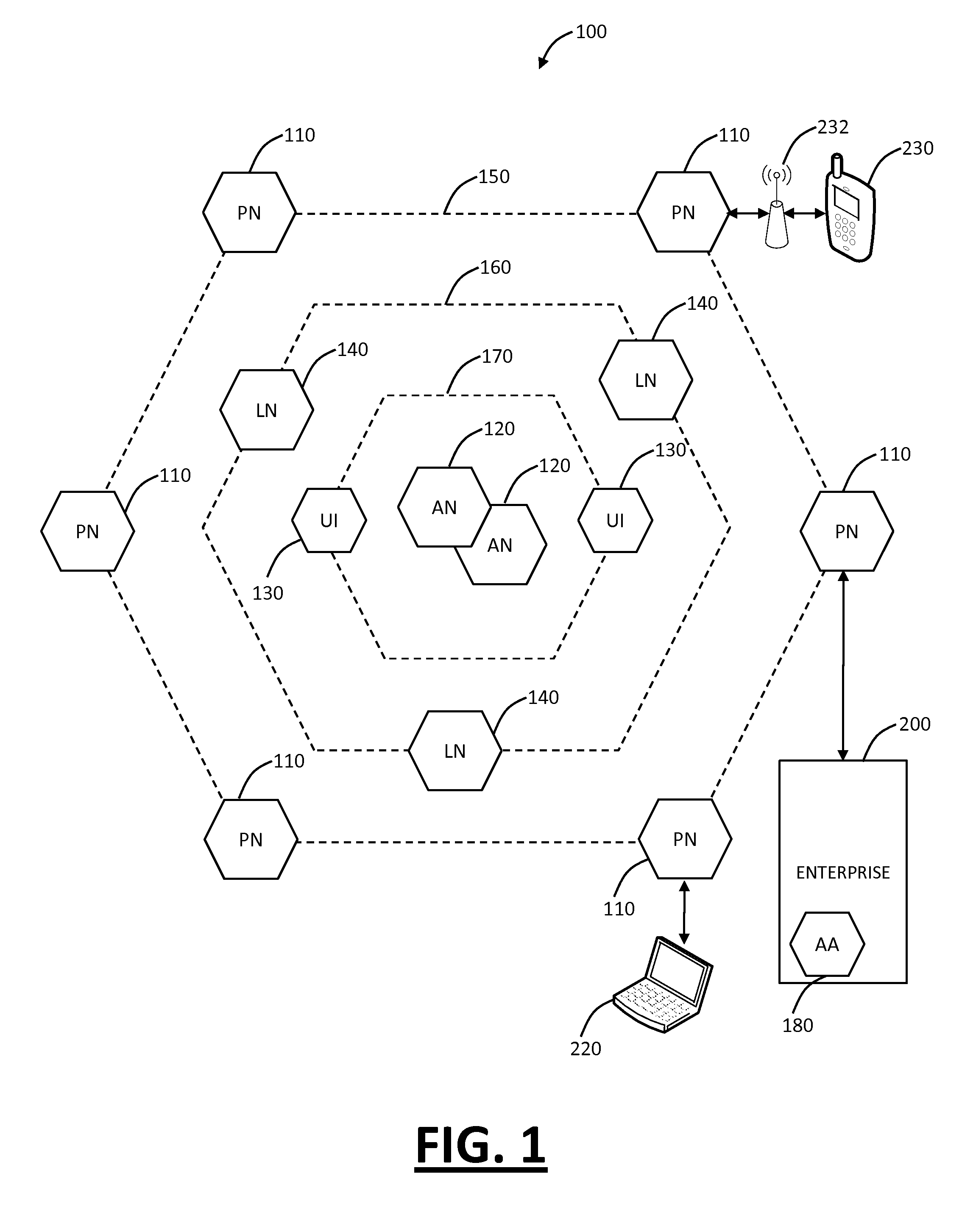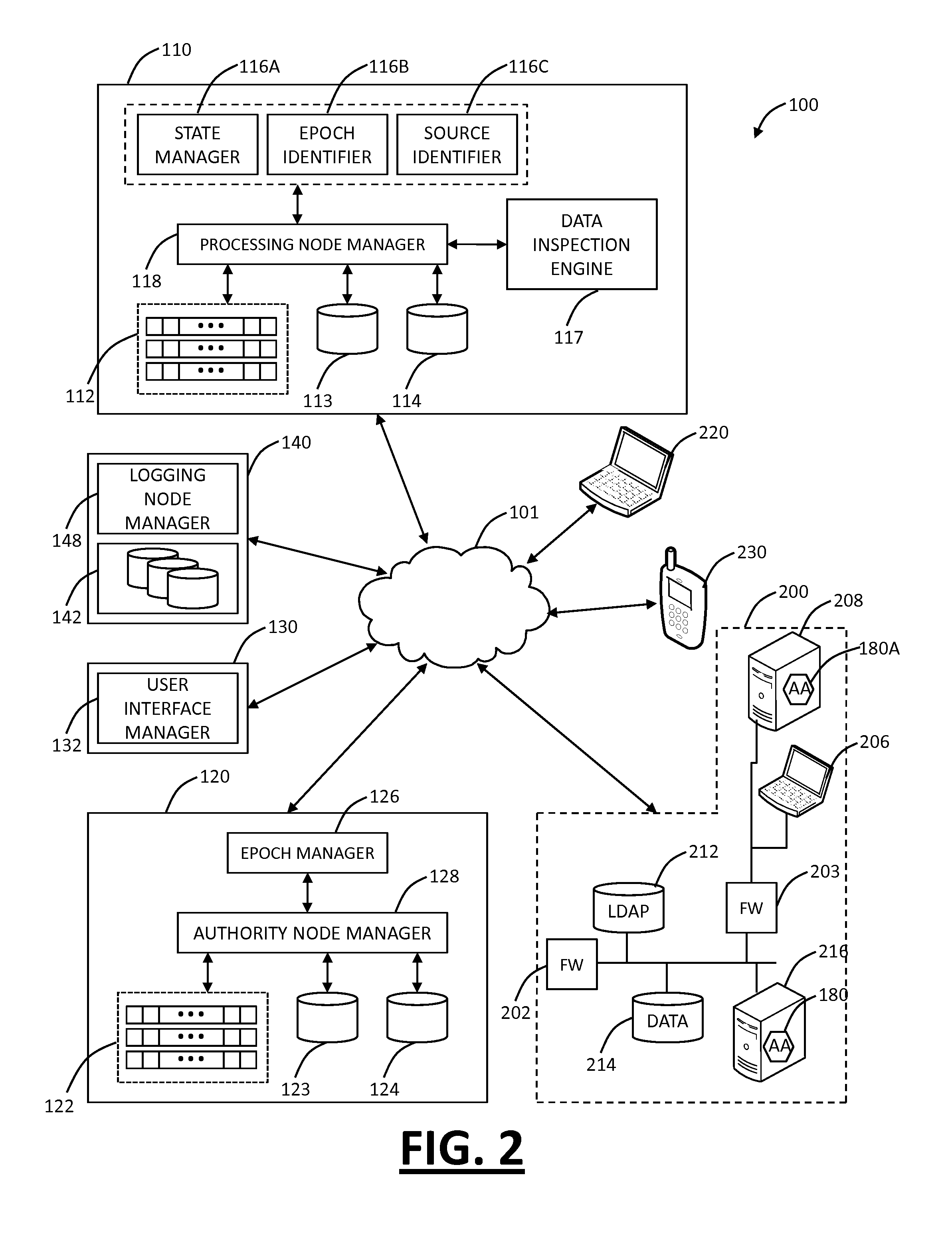Systems and methods for mobile application security classification and enforcement
a mobile application and security classification technology, applied in the field of computer security systems and methods, can solve the problems of mobile security posing significant threats to enterprises, service providers, enterprises struggling with the consumerization of information technology (it), and the computing power of these devices is now as powerful
- Summary
- Abstract
- Description
- Claims
- Application Information
AI Technical Summary
Benefits of technology
Problems solved by technology
Method used
Image
Examples
Embodiment Construction
[0024]In various exemplary embodiments, the present invention provides systems and methods for mobile application security classification and enforcement. In particular, the present invention includes a method, a mobile device, and a distributed security system (e.g., a “cloud”) that is utilized to enforce security on mobile devices communicatively coupled to external networks (i.e., the Internet). Advantageously, the present invention is platform independent allowing it to operate with any current or emerging mobile device. Specifically, preventing malicious applications from running on an end user's mobile device is challenging with potentially millions of applications and billions of user devices; the only effective way to enforce application security is through the network that applications use to communicate.
[0025]Referring to FIG. 1, in an exemplary embodiment, a block diagram illustrates of a distributed security system 100. The system 100 may, for example, be implemented as ...
PUM
 Login to View More
Login to View More Abstract
Description
Claims
Application Information
 Login to View More
Login to View More - R&D
- Intellectual Property
- Life Sciences
- Materials
- Tech Scout
- Unparalleled Data Quality
- Higher Quality Content
- 60% Fewer Hallucinations
Browse by: Latest US Patents, China's latest patents, Technical Efficacy Thesaurus, Application Domain, Technology Topic, Popular Technical Reports.
© 2025 PatSnap. All rights reserved.Legal|Privacy policy|Modern Slavery Act Transparency Statement|Sitemap|About US| Contact US: help@patsnap.com



